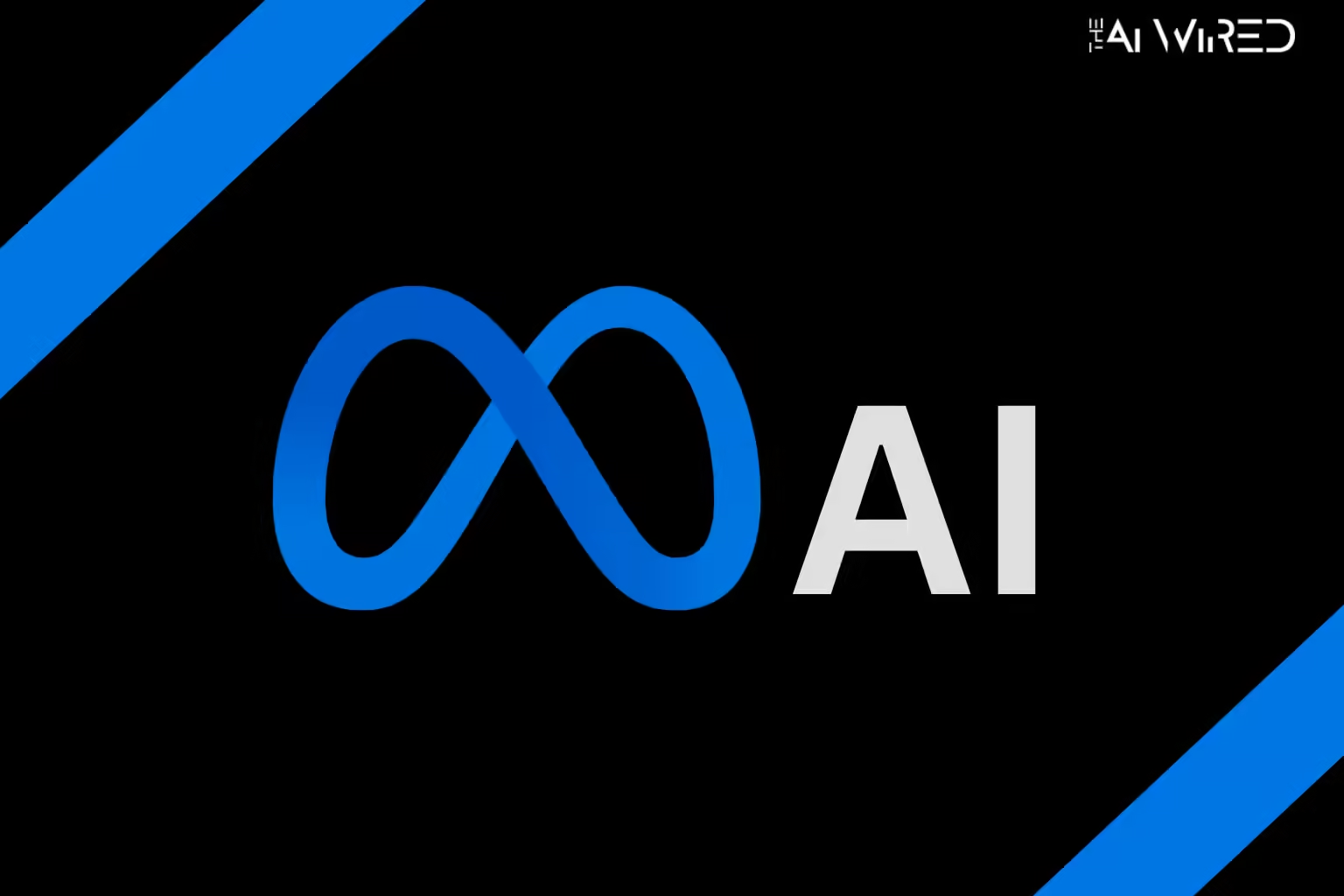
Meta AI Revolutionizes Moderation with Llama Guard 3-1B-INT4 for Mobile Platforms
Meta launches Llama Guard 3-1B-INT4, a novel AI moderation model optimized expressly for smartphones and equipped with multiple-language protection.
Meta has taken a bold step in AI moderation with the release of Llama Guard 3-1B-INT4, a groundbreaking safety model that brings robust moderation capabilities to mobile platforms.
The model, which was introduced at Meta Connect 2024, is designed to solve one of the most important problems in generative AI, making sure that results are safe and follow the rules without slowing things down. Traditional large language models (LLMs) are very powerful, but they often need a lot of computing power, which makes them useless for mobile or edge devices. Llama Guard 3-1B-INT4 uses advanced compression methods to fix this problem in a way that works well and can be expanded.
Llama Guard 3-1B-INT4 is seven times smaller than its predecessor, Llama Guard 3-1B. It only weighs 440MB. This small size makes it easy to use on devices like smartphones that don’t have a lot of DRAM. Even though it’s smaller, the model does very well at moderation tasks. It got an amazing F1 score of 0.904 for English content, which was higher than its bigger counterpart and even on par with GPT-4 in multilingual safety tests.
The model’s success shows that it can provide high-quality moderation in French, Spanish, German, and other languages. The fact that it can process at least 30 tokens per second and has a time-to-first-token of less than 2.5 seconds makes it even better for real-world mobile apps.
Cutting Edge Methods of Compression
Meta’s researchers came up with new ways to make this small but powerful model:
Pruning: The number of decoder blocks was cut from 16 to 12, and the size of the MLP was lowered from 8192 to 6400. This made the model with 1.1 billion parameters, which is a lot less than the original 1.5 billion.
Quantization: The model was 75% smaller than a 16-bit baseline after the weights were changed to INT4 and the activations were changed to INT8.
Distillation: Transferring knowledge from the bigger Llama Guard 3-8B model made sure that compression didn’t lose too much quality.
Layer Optimization: Focused pruning of layers that weren’t embedded made it possible to keep safety standards while still being compatible with current interfaces.
Because of these improvements, Llama Guard 3-1B-INT4 is now a very useful tool for places with limited resources that don’t sacrifice moderation accuracy.
Making AI safer
Now with the Meta’s Llama Guard 3-1B- INT4, it is possible for the mobile device to have advanced control features which makes it safer to allow advanced artificial intelligence. Meta still has high aspirations for powering society with AI systems that are robust and usable by the masses. This is clear from this model’s excellent performance in multiple languages, and its novel methods of compression.
With this release, Meta not only fixes safety problems, it also provides a blueprint for small, effective AI solutions. Llama Guard promises to revolutionize interpersonal and AI Level 3-1B-INT4 Interaction, ensuring safe, secure compliance where mobility technology is increasingly integral.


